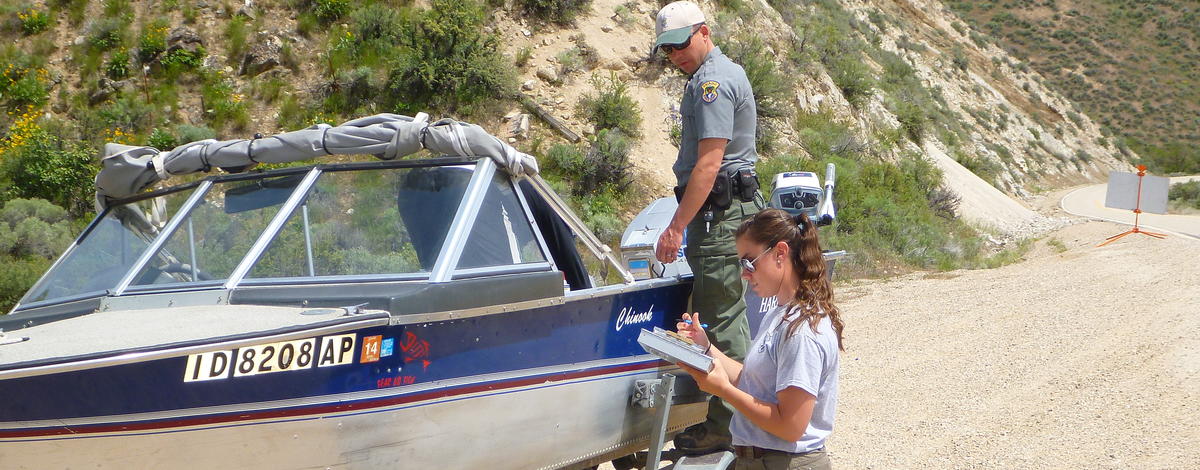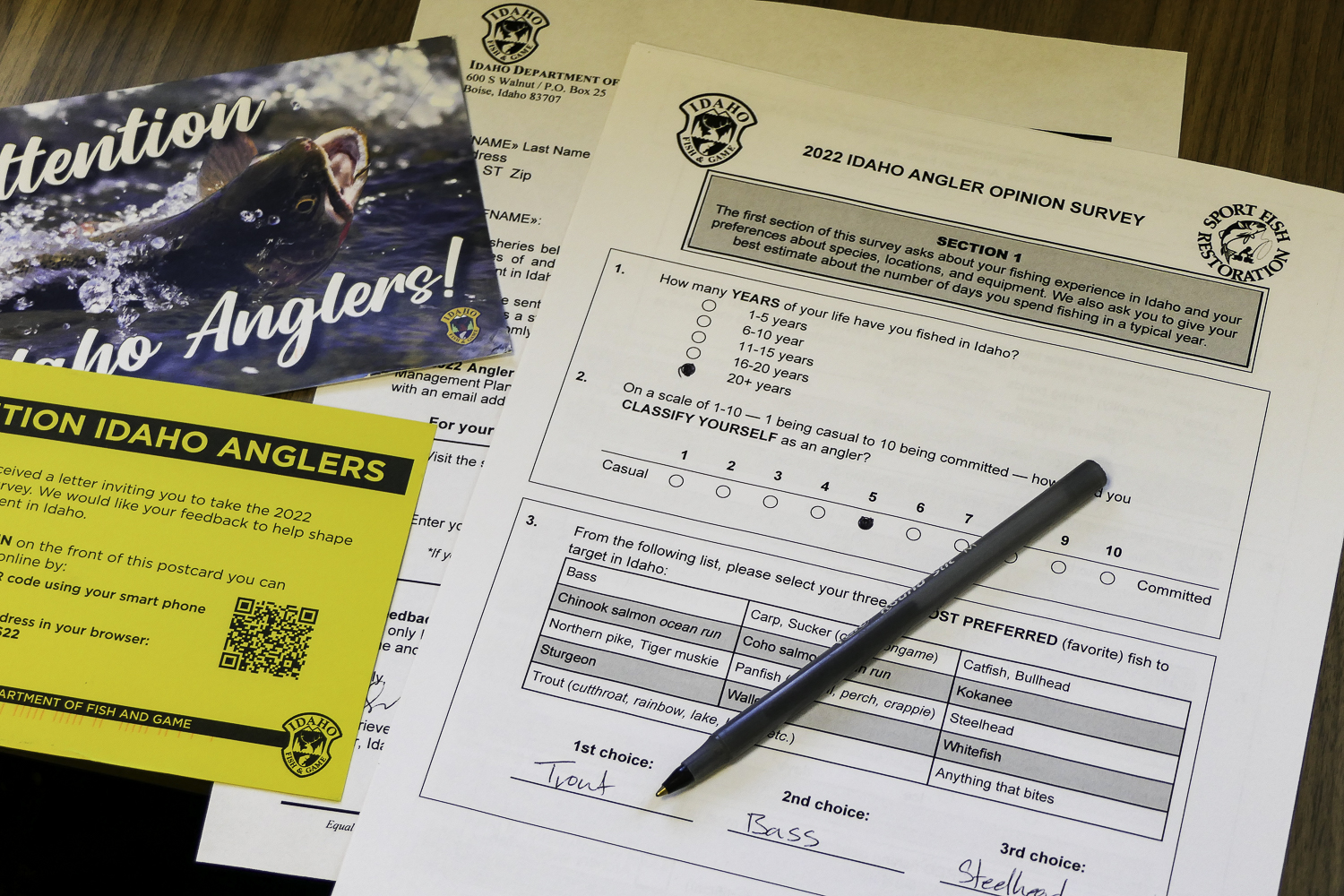Certain fish are notorious for how finicky they can be when selecting a lure, fly, or bait; and anglers aren’t much different with their opinions about how fisheries should be managed.
As an example, while interviewing anglers during a recent Idaho Fish and Game creel survey, the first boat of anglers swore that their preferred targets, kokanee and trout, would only bite orange lures, while the next boldly stated that anything other than pink was worthless. Not five minutes later, green was where it was at. Although different, none of those opinions were wrong because it was based on their experiences and preferences.
During those same interviews and others conducted throughout the state, differing opinions of management and regulations are always freely discussed, and anglers’ input was often as varied as kokanee’s preferred lure color. Anglers often suggest that Fish and Game should stock more fish, stock less, raise the bag limit, lower the bag limit, shorten the season, open the season year-round, build more boat ramps, stock predators, or remove undesirable species.
The input is appreciated by staff, but hard to implement consistently because anglers often want different and sometimes contradicting things. And there’s the rub, how does staff charged with managing fisheries for the greater public good really learn what the public wants? Step one is actively asking and listening; however, there are some squeaky wheels out there, which leads to step two - an unbiased assessment of angler opinions and preferences.
Idaho Fish and Game has formally surveyed angler opinions and preferences eight times since 1968. In 2022, more than 363,0000 resident anglers fished Idaho. This represents about 19% of the state’s population and in the top 10 of state participation rates nationally. Also, about 184,000 nonresident anglers visited Idaho to fish supporting many local businesses with tourism dollars.
To learn more about anglers, Idaho Fish and Game used mail and email to deliver surveys, which included a couple dozen questions. From the responses received, Idaho anglers appear to be outdoor “generalists”, as many purchased a combination license or sportsman’s package, implying preference for fishing and hunting. Anglers were primarily male, but the percentage of female anglers has continued to increase and reached one-third of license buyers. Idaho anglers are primarily White, but the percentage of Hispanic anglers has increased as well and now nears 5%. Average age is 46, though younger anglers are well represented, a good sign for maintaining Idaho’s fishing tradition, though it's still a great idea to introduce somebody new to the sport.



